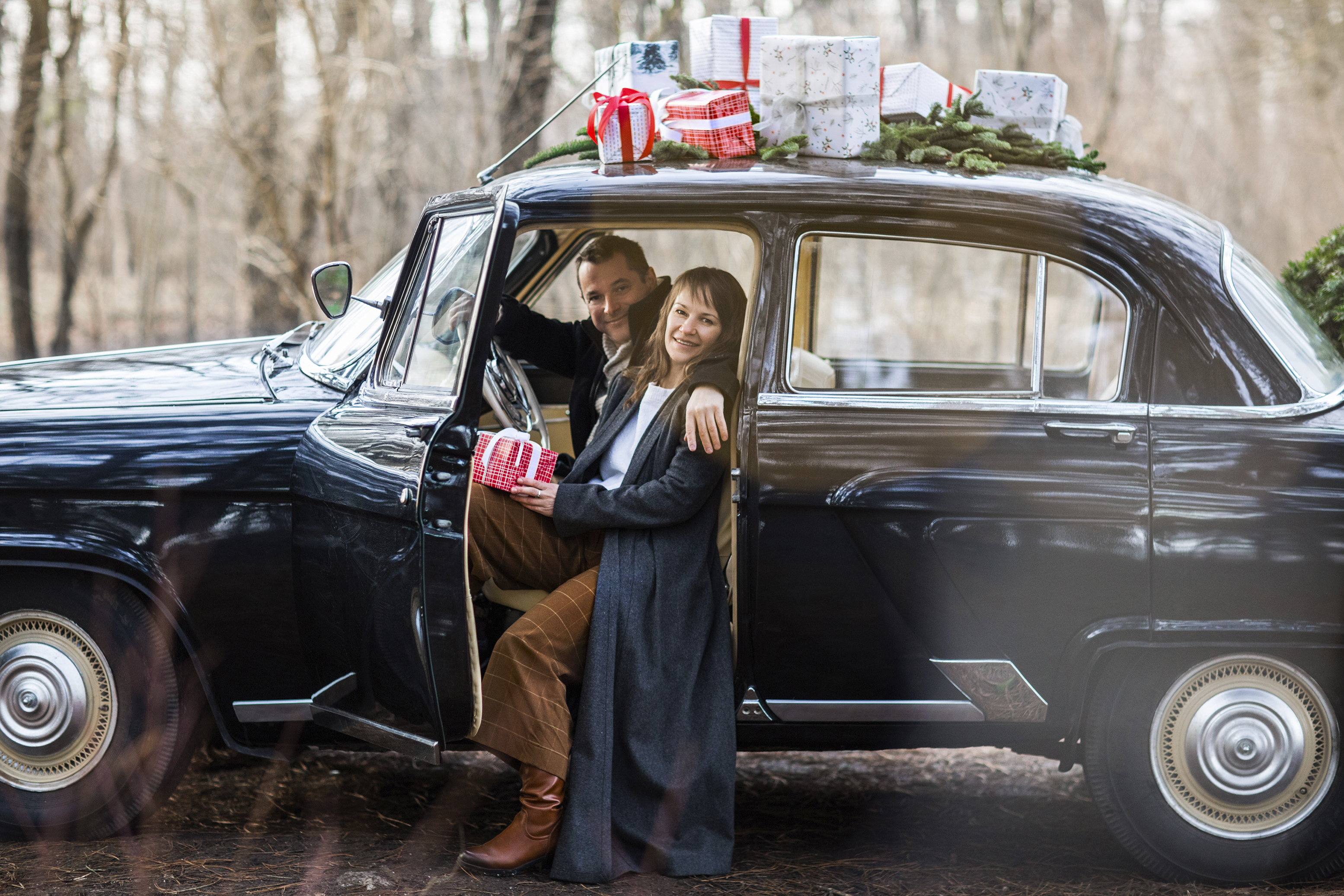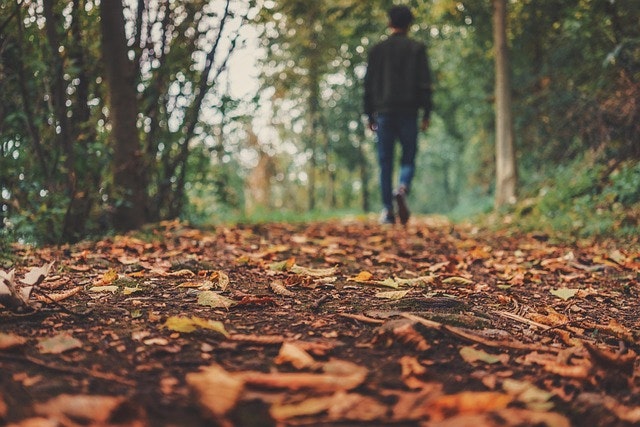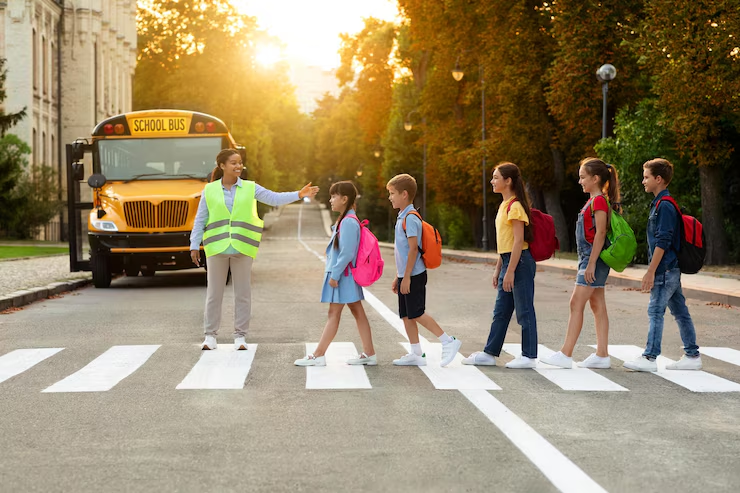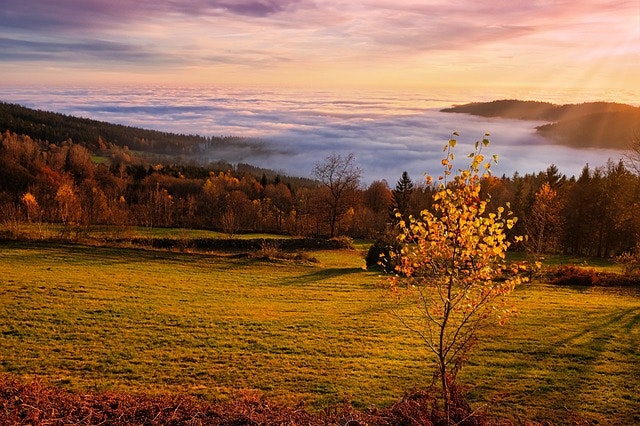Our Blog
We share news, insights, and agency updates to keep you informed. Follow along with us to learn more about how to secure what matters most.
Protect Your Holiday Treasures This Season
Read moreEssential Winter Prep Tips for Your Home
Read moreFall-Inspired Safety Tips for Your Peace of Mind
Read moreCar Seat Safety: Essential Checks During Child Passenger Safety Week
Read moreEmbracing Safety During Back-to-School Traffic Surges
Read moreUnderstanding Insurance Coverage for Property Lines
Read more By Lauren LeClaire
•
August 16, 2024
Agency to Continue Under 4th Generation Family Leadership
By Lauren LeClaire
•
August 12, 2024
Preparing for College: Essential Insurance Considerations
By Lauren LeClaire
•
April 22, 2024
Stephen Benjamin Insurance Agency, a family-owned property and casualty insurance agency serving the community for 85 years, is seeking a dedicated and personable Part-Time Customer Service Representative to join our team. As a key member of our agency, you will play a vital role in providing exceptional service to our clients and supporting the day-to-day operations of our office.













